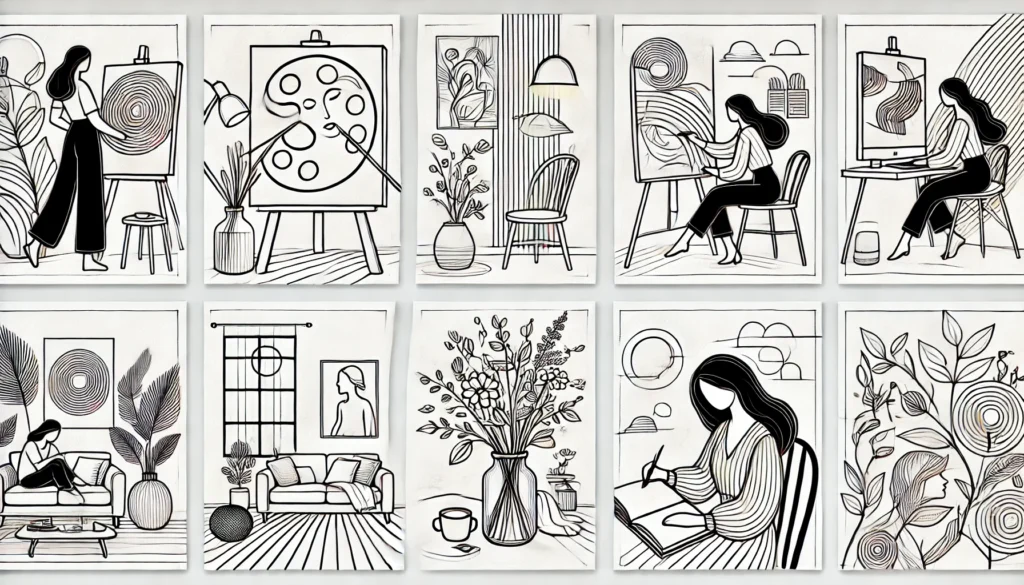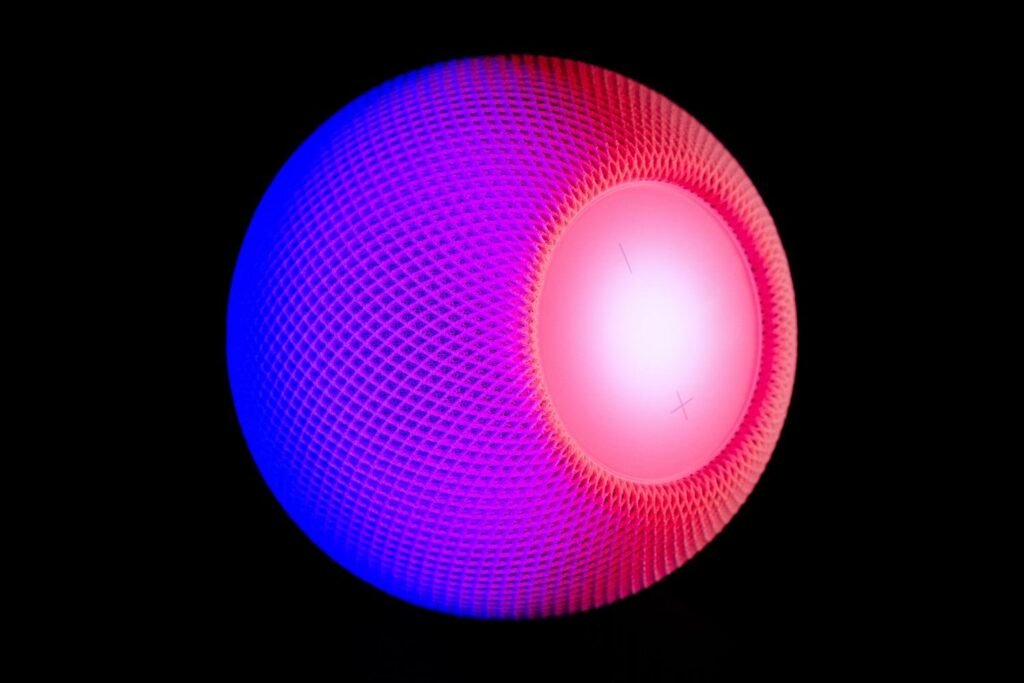Asim Waqif – Transforming Spaces with Art and Architecture

Asim Waqif is an Indian artist and architect known for his innovative installations that blur the boundaries between art, architecture, and environmental activism. Drawing inspiration from urban decay, sustainability, and traditional craftsmanship, Waqif’s work challenges viewers to engage with spaces in new and thought-provoking ways. His unique approach has earned him a prominent place in the contemporary art world, both in India and internationally.
Early Life and Education
Born in Hyderabad, India, Asim Waqif initially pursued architecture, earning a degree from the School of Planning and Architecture in New Delhi. His architectural training heavily influences his art, as he often incorporates structural elements and spatial design into his installations.
Transition to Art:
- After working as an architect, Waqif shifted his focus to art, exploring the intersection of built environments, human behavior, and environmental issues.
Artistic Style and Themes
Waqif’s art is characterized by its large-scale, site-specific installations that often use discarded materials, natural elements, and interactive components. His works provoke conversations around urbanization, waste, and sustainability.
Key Features of His Work:
- Use of Recycled Materials:
- Incorporates materials like scrap wood, metal, and plastic to highlight issues of consumerism and waste.
- Interactive Elements:
- Many of his installations invite audience participation, fostering a deeper connection to the art.
- Raw Aesthetics:
- A focus on texture, decay, and imperfection reflects the impermanence of urban landscapes.
Recurring Themes:
- Environmental sustainability.
- The relationship between humans and their surroundings.
- Cultural and architectural heritage.
Notable Works and Exhibitions
- “Bordel Monstre”:
- Exhibited at the Palais de Tokyo in Paris, this installation used waste materials to create a labyrinthine structure, challenging ideas of beauty and utility.
- “Dada”:
- A large-scale installation at the Kochi-Muziris Biennale (2012), exploring urban chaos and human interaction with discarded objects.
- “Residue”:
- A project that involved creating art from the debris of demolished buildings, showcasing the stories embedded in forgotten materials.
- Exhibitions Worldwide:
- Waqif’s work has been featured in prominent galleries and museums, including:
- Nature Morte (New Delhi).
- Art Basel (Switzerland).
- Queensland Art Gallery (Australia).
- Waqif’s work has been featured in prominent galleries and museums, including:
Impact and Philosophy
Asim Waqif’s work is more than just visually striking; it’s a call to action. By repurposing waste and creating immersive experiences, he invites audiences to reconsider their relationship with the environment and the spaces they inhabit.
Philosophy:
- Waqif believes in the power of art to provoke dialogue and inspire change. His installations serve as platforms for reflection on issues like urbanization, consumerism, and sustainability.
Recognition:
- Waqif’s contributions to contemporary art have been widely recognized, earning him accolades and invitations to prestigious art fairs and biennales.
How Asim Waqif Inspires
- Innovative Use of Materials:
- Demonstrates how discarded objects can be transformed into meaningful art.
- Focus on Sustainability:
- Highlights the role of art in addressing environmental challenges.
- Engaging Viewers:
- His interactive installations encourage active participation, making art more accessible and impactful.
Conclusion
Asim Waqif’s work stands at the crossroads of art, architecture, and activism. By transforming waste into compelling installations, he not only pushes creative boundaries but also raises critical questions about our urban and environmental futures. His art challenges us to see beauty and potential in the overlooked and discarded, reminding us of the interconnectedness of art, nature, and human experience.
What intrigues you most about Asim Waqif’s work? Share your thoughts in the comments below!

























































































